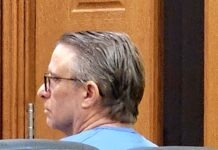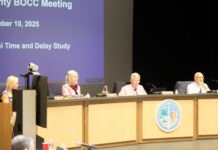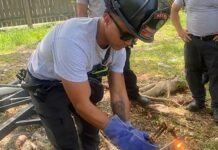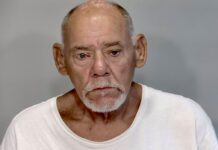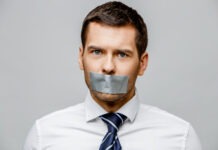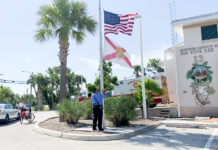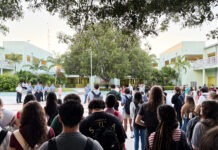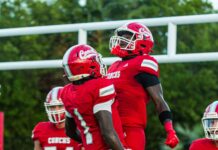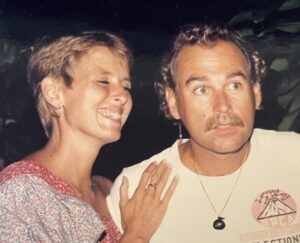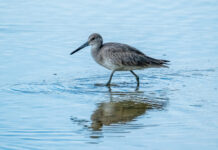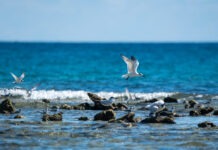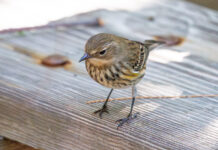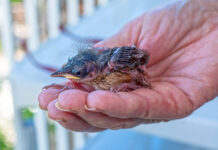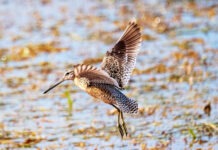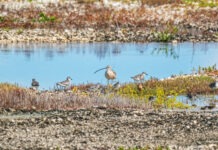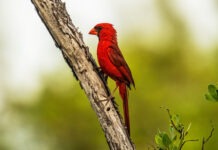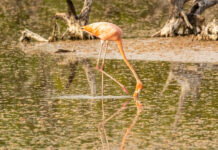Filming the Tour de France is a complicated thing. It requires an armada of camera people riding on the backs of motorcycles, about 20 stationary cameras, an airplane, and three helicopters, two with “wide-angle Cineflex gyro-stabilized, five-axis cameras” mounted on their noses, as well as long-lensed cameras aimed out both sides.
Over the 21 stages and roughly 2,100 miles of the Tour, the helicopters provide a kind of visual omniscience to the race. Sometimes you feel like an angel or some other celestial being hovering over the shoulders of the riders. You can watch a rider working from slipstream to slipstream to the front of the race, throwing everything they have at the pedals to win the final sprint. You can watch a crash spread from one rider to 50, the chaos ripping through the peloton like a wave. You can watch the peloton bunch up when moving slowly, string out when moving quickly.
Sometimes, in the slower moments, you get breathtaking views of the French landscape – the sprawling, mind-bogglingly pristine chateaus, the mountain-top castles, the monasteries, the vineyards, the quaint villages, the fields of sunflowers, the railroad yards, the industrial areas, the Alps, the Pyrenees…
And sometimes, you get a bird’s eye view of the birds, ones we don’t see here. The camera will track, say, a red kite or a white-tailed eagle circling high in the sky. Once, I saw them show a small pack of Eurasian griffons, in the vulture family, picking at the bones of, I believe, an Alpine ibex. (Note: I have now met the minimum avian requirements to write about bike racing in a column about wildlife.)
I saw my first Tour de France in 1986. “Saw” might be an overstatement. It was on ESPN and they did a half-hour segment on Saturdays during the race. I had to scour the back pages of the sports section for any items that had daily information, when any items actually appeared. But it was the year Greg LeMond went head to head with the beloved French five-time winner of the Tour, Bernard “The Badger” Hinault. Feelings were intense. LeMond was treated as a hated outsider, a wretched infidel attacking a French hero and the core values of the French people. He was seriously worried about getting poisoned or punched on the route. Oh, and LeMond and Hinault were on the same team. In addition, Hinault had reneged on a promise to help LeMond win in ’86 after LeMond had helped him win in ’85.
It was epic, the two of them trading blows as they rode through the Alps, stealing the lead back from one another, the teacher trying to destroy the apprentice. And when LeMond finally did break Hinault, Hinault claimed he had betrayed LeMond for his own good, so no one could say he didn’t earn it. (There’s an excellent documentary about it called “Slaying the Badger.”)
Heroes, villains, moral complexity, sweeping landscapes, cool bikes. I was hooked.
LeMond was supposed to defend his title in 1987, but he was shot in the back during a hunting incident, and didn’t ride for the next two years. (He still carries shotgun pellets in his body.)
In 1989 LeMond went up against another beloved French rider, Laurent Fignon, who, as it has been pointed out before, looked a lot like the bad guy with the long blond hair in “Die Hard.”
Coming into the final time trial in Paris, Fignon looked undefeatable – he had a 50-second lead, and it was only a 15.2-mile course. LeMond had a chance of winning back 10 or 20 seconds, but no one could make up that gap with so little road. But then LeMond rode one of the most epic time trial rides in history, clawing back just under a minute over that very short distance, winning with the slimmest margin in the Tour de France’s 120-year history. I was hooked-er.
I’ve watched every year since, and over the decades the coverage has gotten better and better. Not just the Tour de France, but with apps, you can watch pretty much any important road bike race on the calendar – live.
I was worried when I first got together with my wife that such an obsessive sports viewing habit – multiple hours every day for three weeks straight – could be an issue. But I was watching a stage early on in our relationship, when the camera was following this good-looking German rider named Jan Ulrich climbing through the Alps. She looked at the screen and said, “That guy … that guy is going to win,” and sat down. (She was right.) At this point, she may be more obsessed with the sport than I.
I have rather complicated thoughts on the whole Lance Armstrong era. Yes, he cheated. But so did everyone else at the time. He just cheated bigger, and was kind of a (jerk) about it. But he was always a (jerk). It was his superpower. But athletes in more individualist sports tend not to have the legal cover that athletes do in team sports, so they tend to get caught for doping more. And the doping authorities broke their own rules to finally catch him. Which you didn’t see happen with any of the European cyclists…
A lot of time in the Tour, it’s pretty clear in the first week who is going to win the General Classification, which is the overall race. But like a lot of good literature, the really great stuff is in the subplots – who’s going to win an individual stage, or one of the other lesser classifications, which rider cracks in the Alps, who gets taken out in a crash, who has an unexpectedly great sprint, who cracks good jokes on their Instagram page, which cyclist screams the loudest at the motorcycles to get out of the way when they can’t keep up while descending a mountain pass…
A Swiss rider named Gino Mäder was killed last month in the Tour de Suisse while descending a mountain at something close to 50 mph, which has added poignancy to this year’s Tour, and a lot of questions about whether race organizers are doing everything they can to minimize the risks for the riders.
But this year has something of an unexpectedly lively feel to it, partly because of an old-school rivalry among a number of riders, including Jonas Vingegaard from Denmark, who won last year, and Tadej Pogacar from Slovenia, who won the year before, as well as riders like Egan Bernal from Colombia, who won in 2019, but was then injured in a bad training crash, from which he may or may not have finally recovered. There’s also a long list of upstarts who seem as if they could take the overall, at least during these early days.
So more heroes, villains, moral complexity, sweeping landscapes, and cool bikes. Also, a chance of birds.
